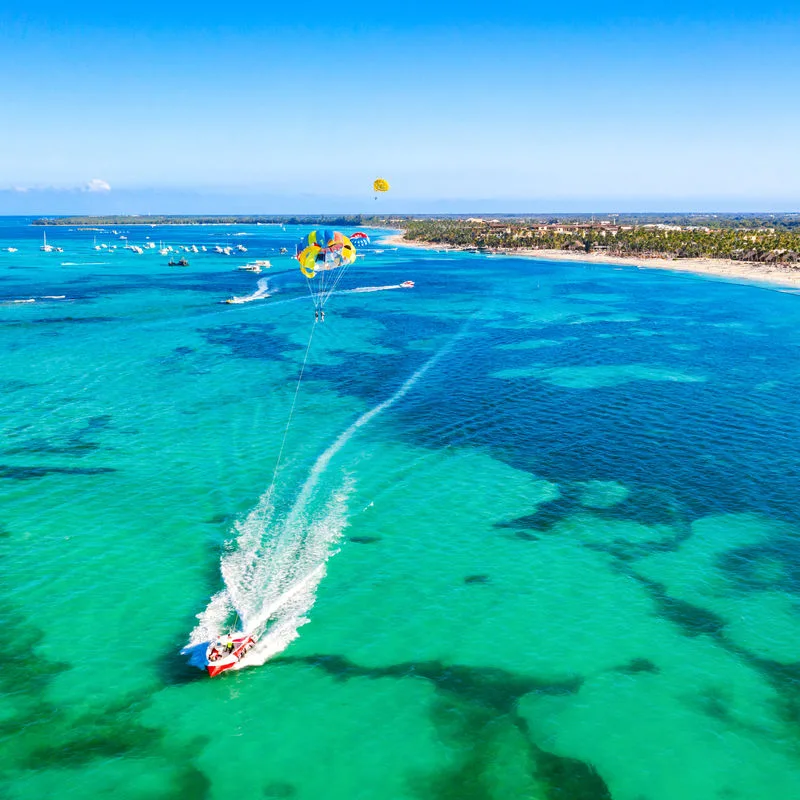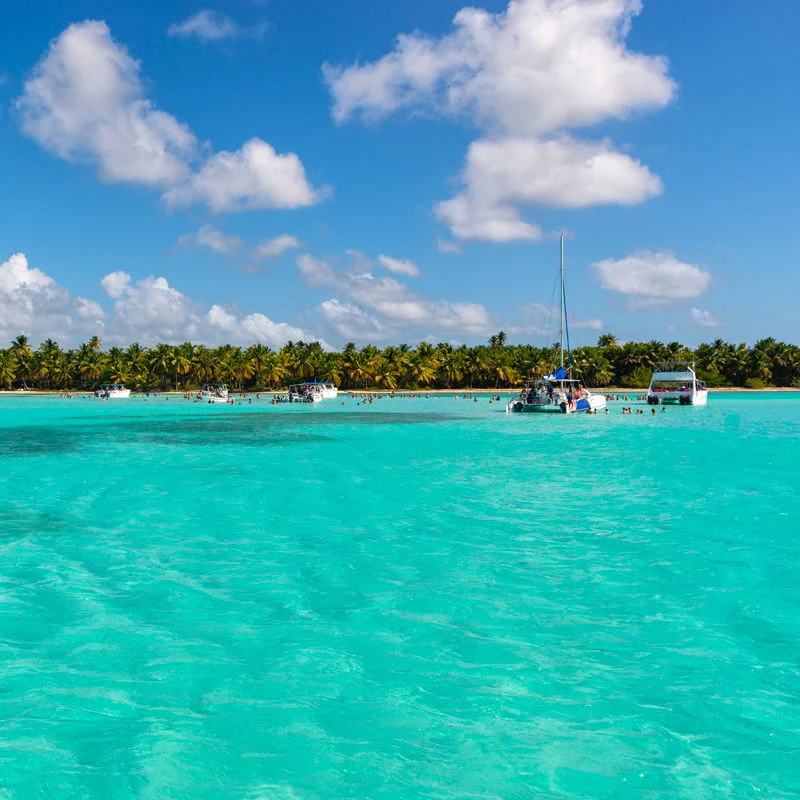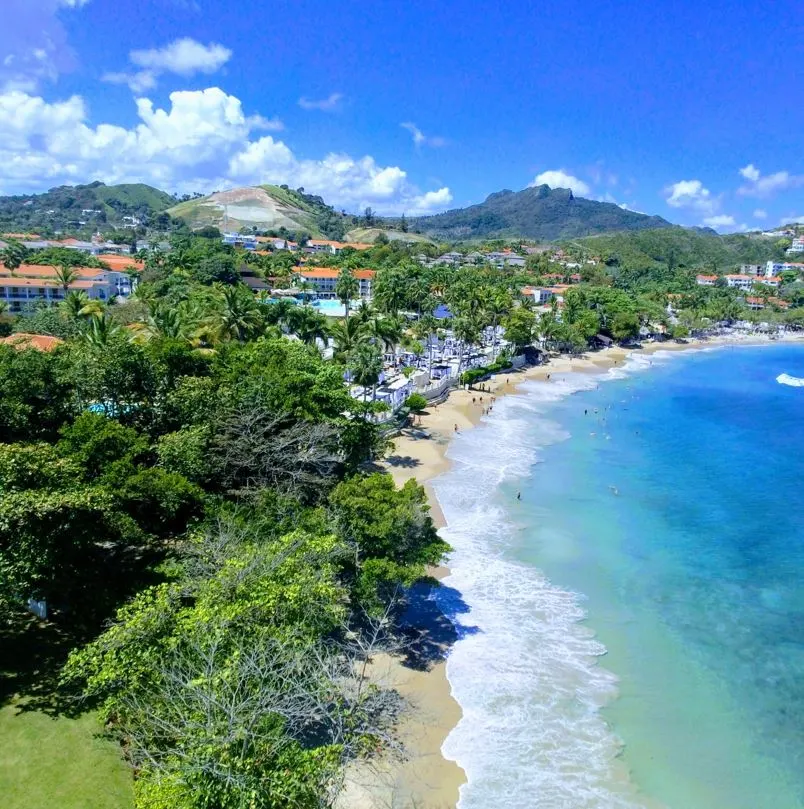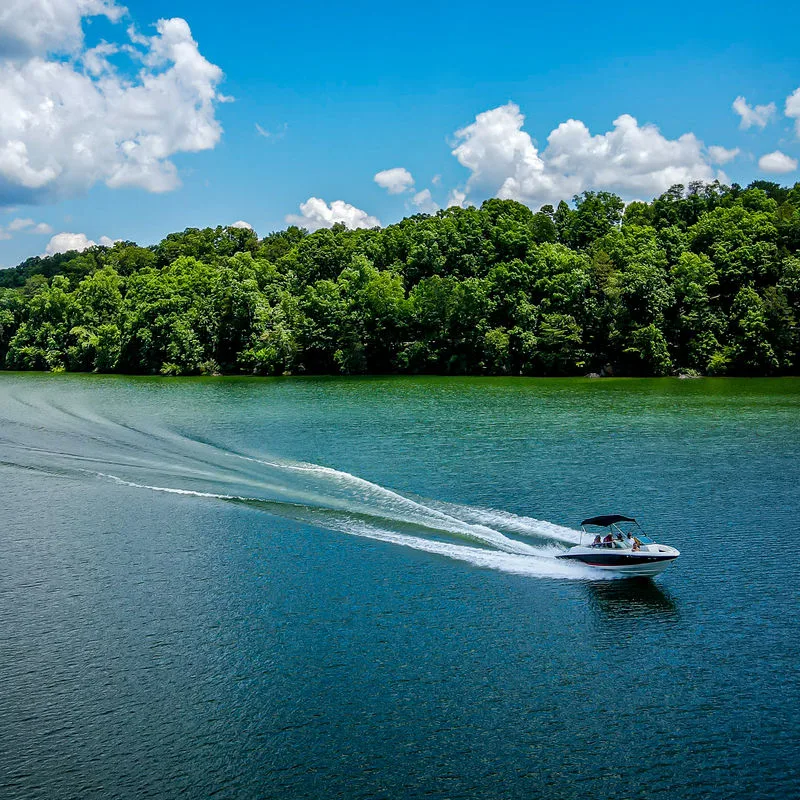Last Updated
Authorities in the Dominican Republic have announced several measures to improve the safety of speedboats after several high-profile accidents this April involving tourists. Speedboats and other inflatable vessels are a popular form of water transport for locals and visitors in the Dominican Republic. With several large islands making up the country’s archipelago, they are a convenient way to reach isolated destinations. They are also a popular way to do sightseeing.

The new measures are aimed at ensuring that all the companies that operate speedboats in the area comply with safety protocols. Tour companies will need to make sure that they have the right licenses, as well as proper insurance. Moreover, all boats are required to have sufficient stocks of life-saving equipment in addition to lifejackets. Officials hope the new measures will help reassure tourists of the safety of speedboats in the Dominican Republic.

Officials want to increase the number of routine checks on all operating companies to ensure compliance with strict safety measures. Currently, the Dominican navy, coast guard, as well the Ministry for Environment and Tourism share responsibility for overseeing operations.
The announcement comes after two separate incidents took place within a week in which two people lost their lives. In the first one, in early April, a speedboat caught fire, and one man died after receiving severe burns. In the second one, a woman drowned when a boat carrying locals capsized. The accidents have caused widespread concern on the island over the safety measures of the speedboats.

Tour operators regret the incidents but argue that they are exceptional taking into account the intense boat traffic. According to Eddy Quinónez, a member of the La Romana-Bayahíbe Tourism Association, the Dominican Republic is a safe and reliable vacation destination. He highlights that accidents occur rarely: “we are a privileged place, with more than 25 years of growth in tourism, and we are committed to providing visitors with the best possible experience”, he said.

A record number of tourists are expected to visit the Dominican Republic this year. In April alone, more than 620,000 non-resident tourists visited the sunny island. With large crowds flocking to the island, many will be eager to visit the country’s archipelagos on boats similar to those that resulted in the deadly accidents earlier this year.

Before speed boats were introduced, locals would use makeshift wooden boats to travel between the Dominican Republic’s many islands, such as the popular Saona island. Over the years, as tourism grew, the boating industry modernized and offered safer and faster connections between the country’s islands.

Nowadays speedboats are a fun way to reach some of the island’s most beautiful locations in the eastern part of the island. Bávaro, Punta Cana, Juan Dolio, and Guayacanes see some of the highest numbers of speed boat traffic.
The Bayahíe – Saona island route is among the busiest ones, with between 800,00 and 900,000 passengers making the trip each year. A return ticket for that journey costs around $40 and includes the trip itself, food, and some snacks.
Two Speedboat Accidents This April
Earlier this April, a man suffered deadly burns when a speed boat caught fire while transporting passengers, food, and supplies to the nearby Saona Island. Two others survived with moderate burns.

In another incident, another woman drowned when a small vessel carrying 30 people capsized. The accidents caused significant media attention locally and prompted the national government to take action to prevent further cases.
Authorities hope that more frequent revision of speedboat companies will ensure a successful and above all safe summer season.
Plan Your Next Dominican Republic Vacation:
Traveler Alert: Don’t Forget Travel Insurance For Your Next Trip!
Choose From Thousands of Dominican Republic Hotels, Resorts and Hostels with Free Cancellation On Most Properties
↓ Join the community ↓

Subscribe to our Latest Posts
Enter your email address to subscribe to Dominican Republic Sun’s latest breaking news affecting travelers, straight to your inbox.
